Picture this: Florida, the land of orange groves and sunny beaches, once echoed with the heavy tread of shaggy giants and the chilling roars of predators with dagger-like teeth. It’s almost impossible to imagine these wild creatures trudging through swamps where retirees now play golf, but the truth is stranger — and much more fascinating — than fiction. Long before amusement parks and pastel condos, Florida was the stomping ground of beasts so massive and bizarre they seem ripped from a fever dream. Let’s wander back in time and meet the remarkable cast of ancient giants that once called the Sunshine State home.
A Lost World Beneath Our Feet
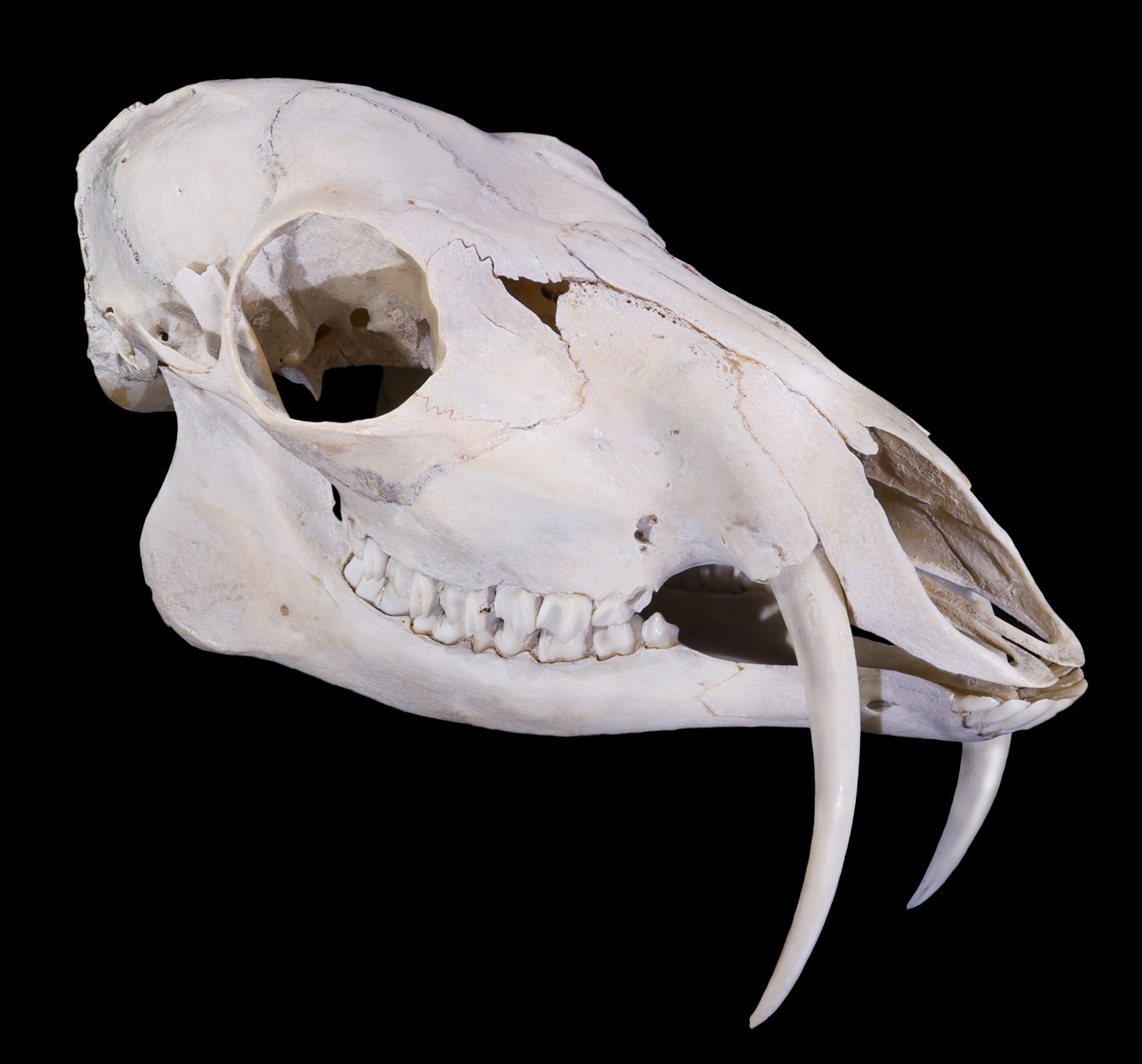
Beneath Florida’s flat surface lies a treasure trove of ancient bones and fossils, silent witnesses to a forgotten era. Every year, storms and sinkholes reveal new secrets, unearthing the remains of creatures that dwarf anything we see today. It’s easy to overlook when strolling the boardwalk, but just beneath your feet are layers of limestone and sand packed with the bones of extinct monsters. Fossil hunters find teeth the size of bananas and bones as thick as fence posts, painting a picture of a primeval Florida teeming with life. This ancient ground tells stories of survival, extinction, and the ongoing dance between predator and prey.
Giant Ground Sloths: The Gentle Giants
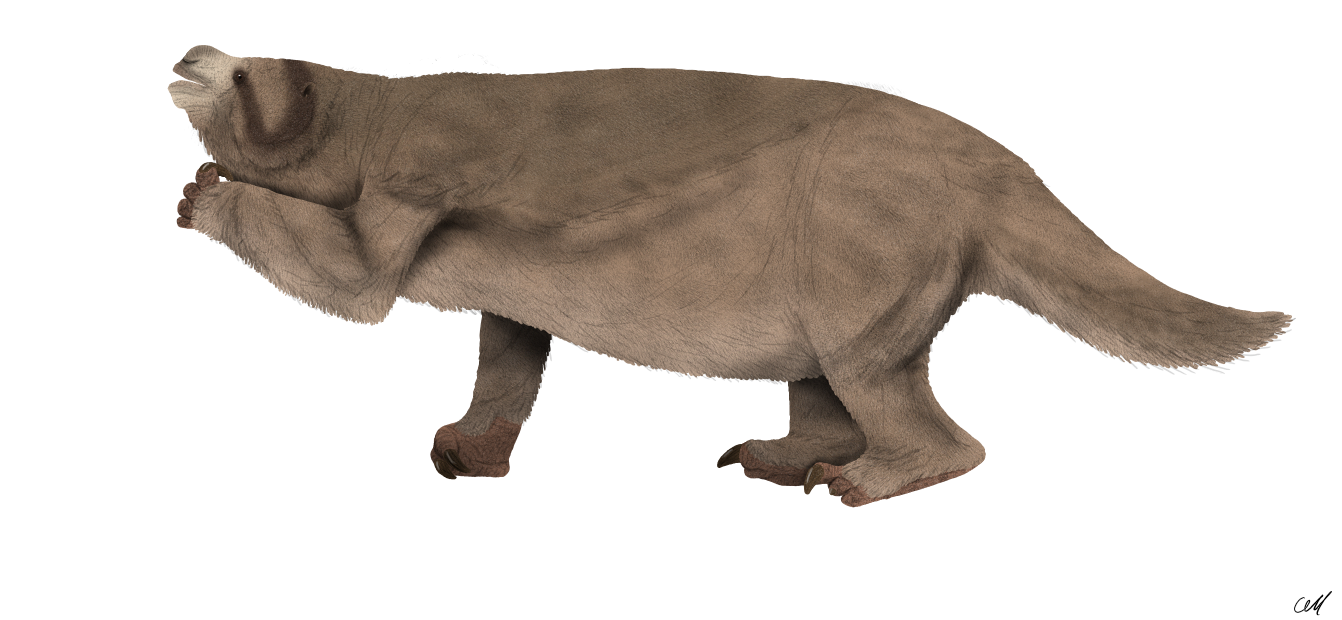
Forget the slow-moving tree sloths that nap all day — their ancestors were a whole different story. The giant ground sloth, or Megalonyx, towered up to 10 feet tall and weighed as much as a car. These lumbering herbivores used their massive claws to dig for roots and strip leaves from towering trees. Imagine seeing one rear up on its hind legs, stretching to reach the juiciest branches, looking more like a furry tank than a lazy tree-dweller. Despite their size, they were peaceful creatures, shaping the landscape by toppling trees and digging big burrows, much like modern elephants do in Africa.
The Fearsome Saber-Toothed Cats
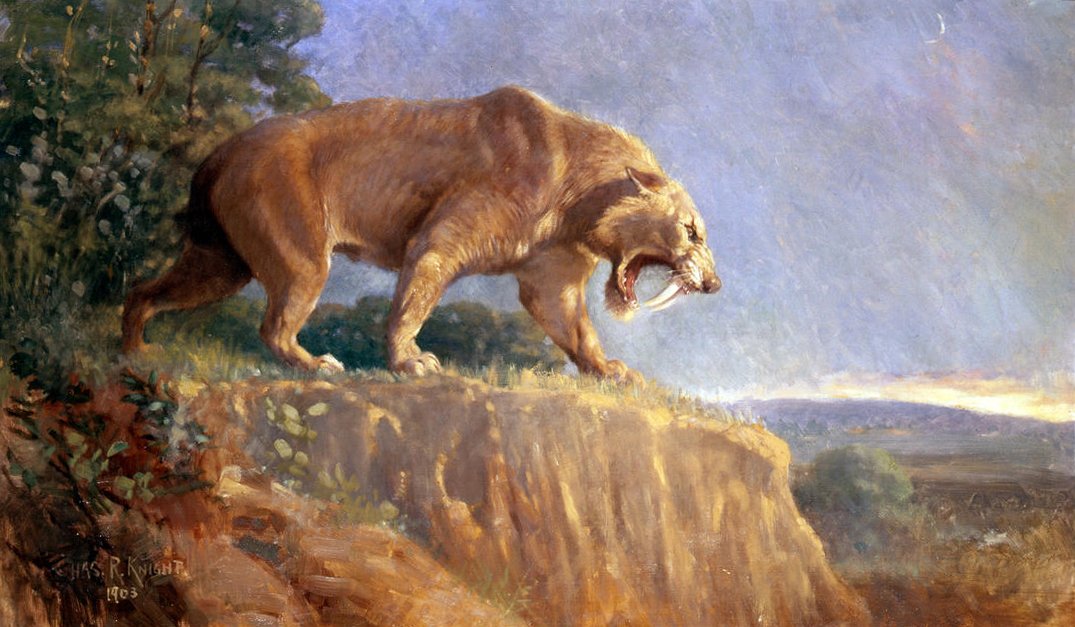
If you think lions are intimidating, imagine coming face-to-face with a saber-toothed cat. Smilodon, the most famous of these predators, sported canine teeth up to 11 inches long. They stalked Florida’s open plains and woodlands, ambushing prey with a terrifying precision. With muscular bodies and short tails, saber-toothed cats hunted in packs, bringing down mammoths and bison with brutal efficiency. Fossilized remains sometimes show injuries, hinting at fierce battles with their prey and with each other — survival was never guaranteed, even for these top predators.
Florida’s Ancient Ecosystems
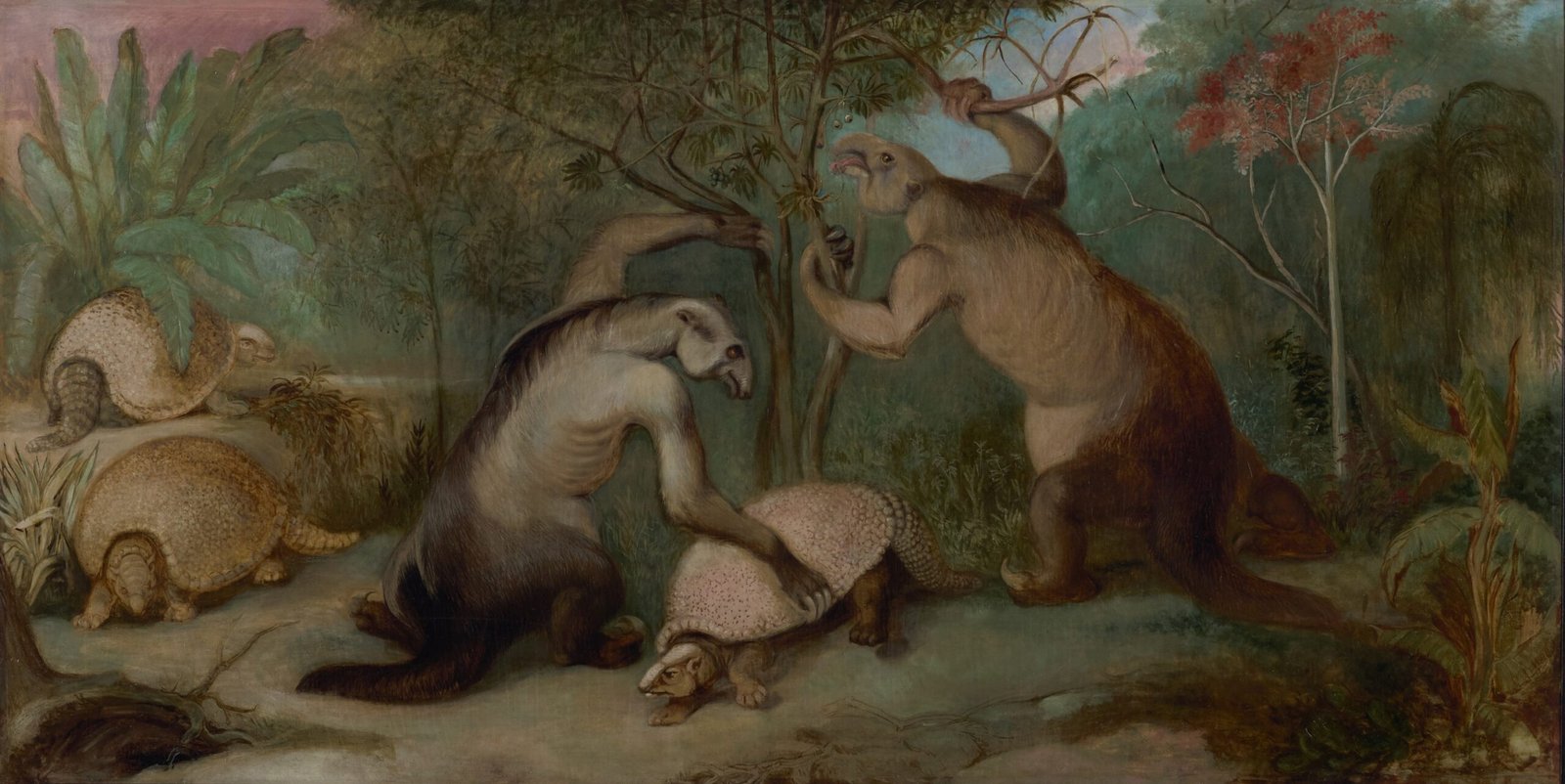
Millions of years ago, Florida looked nothing like it does today. Instead of palm trees and alligators, it was a mix of grassy savannas, dense forests, and sprawling wetlands. Herds of ancient horses thundered across open spaces, while camels and mammoths grazed in the distance. Rivers teemed with gigantic turtles and armored glyptodonts, relatives of armadillos the size of Volkswagens. These unique ecosystems were shaped by dramatic climate swings, with ice ages periodically transforming the landscape from lush to arid and back again. Every species, from sloths to saber-tooths, had to adapt or perish.
The Arrival of Mammoths and Mastodons
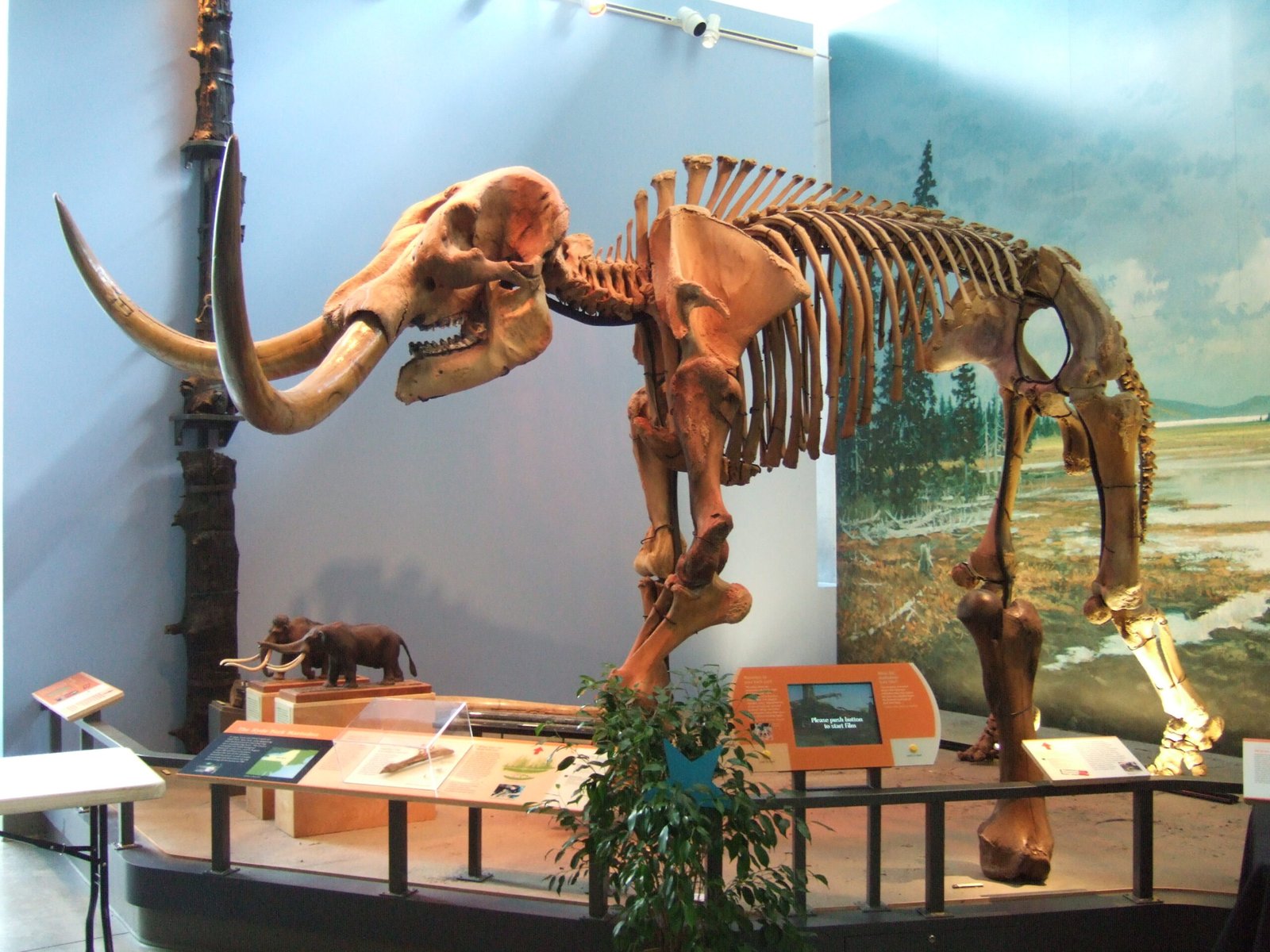
It’s hard to believe, but Florida was once home to enormous mammoths and mastodons, relatives of today’s elephants. These shaggy giants roamed in great herds, munching on grass and leaves, leaving deep footprints in the wet earth. Their tusks, sometimes more than 10 feet long, were both tools and weapons, used to dig for water or fend off hungry predators. Even today, fishermen occasionally reel in ancient mammoth teeth from Florida’s rivers — a haunting reminder of a time when giants walked the land alongside saber-toothed cats and giant sloths.
Camels and Horses: Florida’s Forgotten Nomads
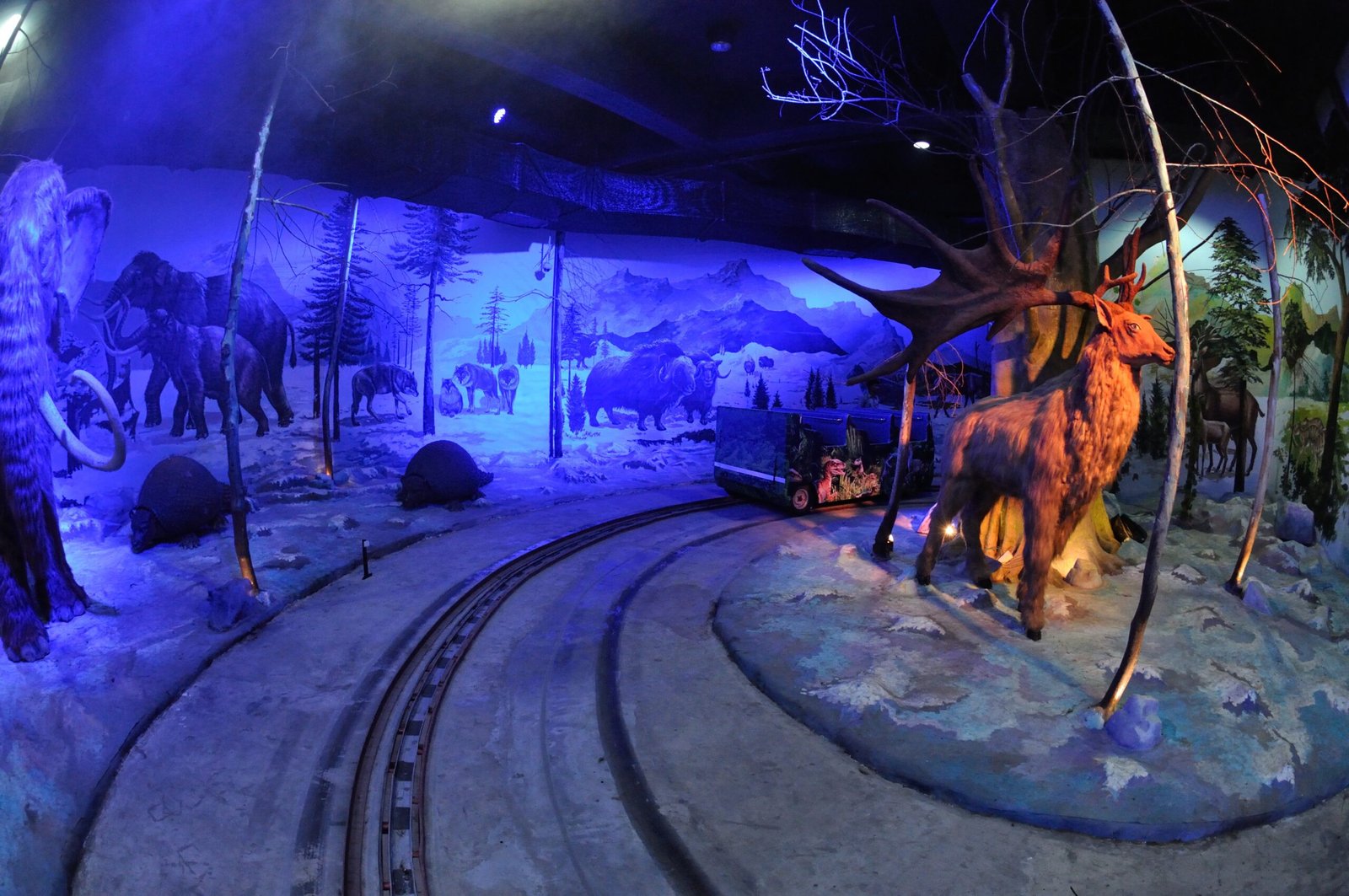
Surprisingly, camels and horses originated in North America, not Africa or Asia. Florida’s ancient plains were once traveled by herds of native horses and camel-like creatures called Camelops. These animals shaped the land and provided food for the region’s fierce predators. Fossilized footprints capture moments frozen in time — perhaps a herd startled by the approach of a saber-tooth, or a lone horse pausing by a watering hole. By the end of the Ice Age, most of these species vanished, leaving only their bones as clues to their existence.
Glyptodonts: The Armored Tanks of Prehistoric Florida
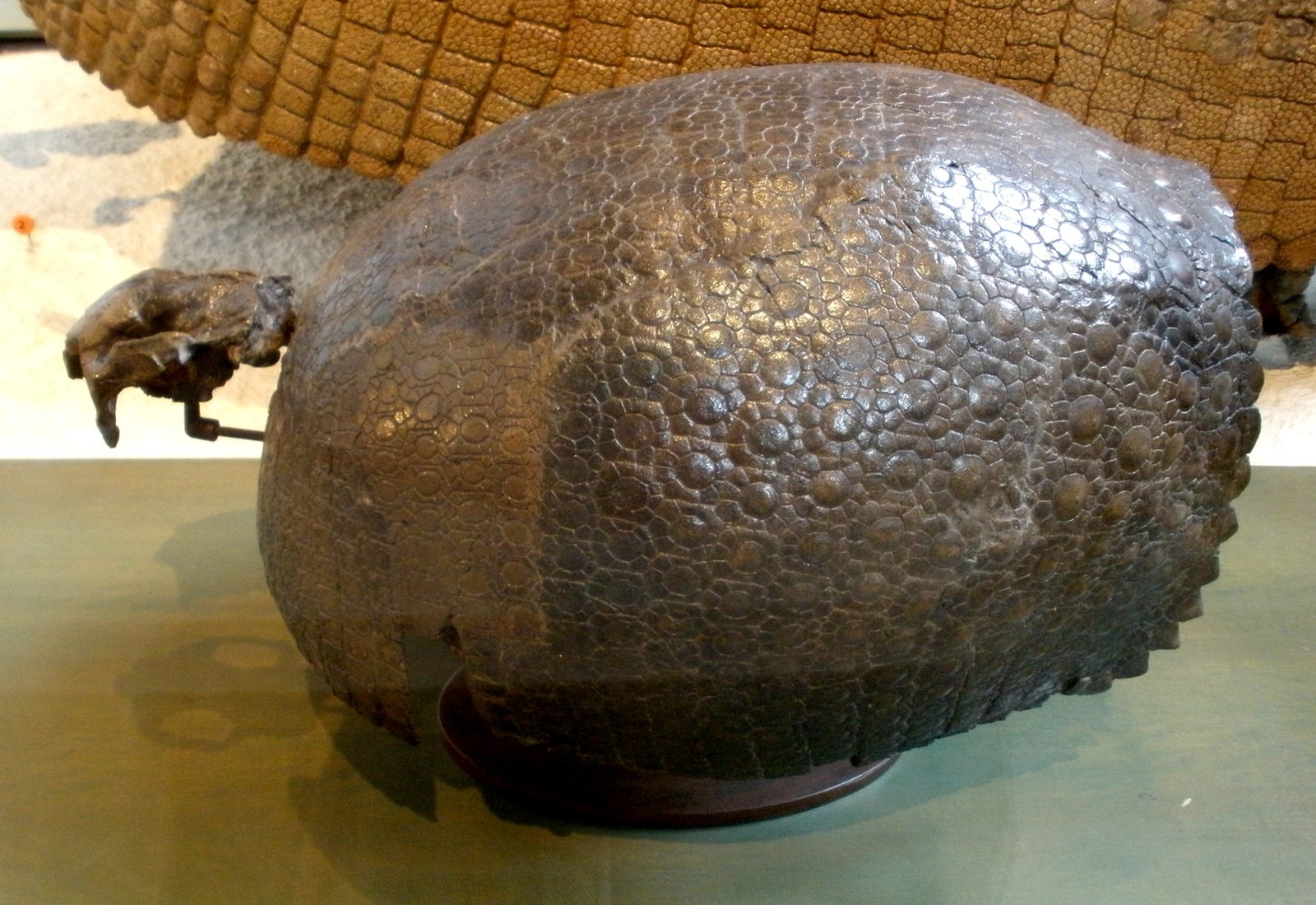
Imagine an armadillo the size of a small car, encased in a shell so tough even saber-toothed cats struggled to penetrate it. Glyptodonts lumbered through ancient Florida, grazing on low plants and using their bony tails for defense. Their fossilized shells, found across the state, reveal intricate patterns and tell stories of ancient battles. These armored behemoths were peaceful grazers, but their presence shaped the ecosystem, creating open trails and wallows that benefited other species. Today, their closest relatives are the much smaller, unassuming armadillos.
Dire Wolves and American Lions

Florida’s ancient predators weren’t limited to saber-tooth cats. Dire wolves, larger and heavier than today’s gray wolves, prowled the forests in packs, hunting everything from horses to young mammoths. Alongside them roamed the American lion, a massive cat even bigger than the African lion. These apex predators competed fiercely for food, and fossil sites sometimes reveal the bones of both hunter and hunted tangled together. Their extinction marked the end of an era, leaving a void in Florida’s wild heart.
Prehistoric Alligators and Crocodiles
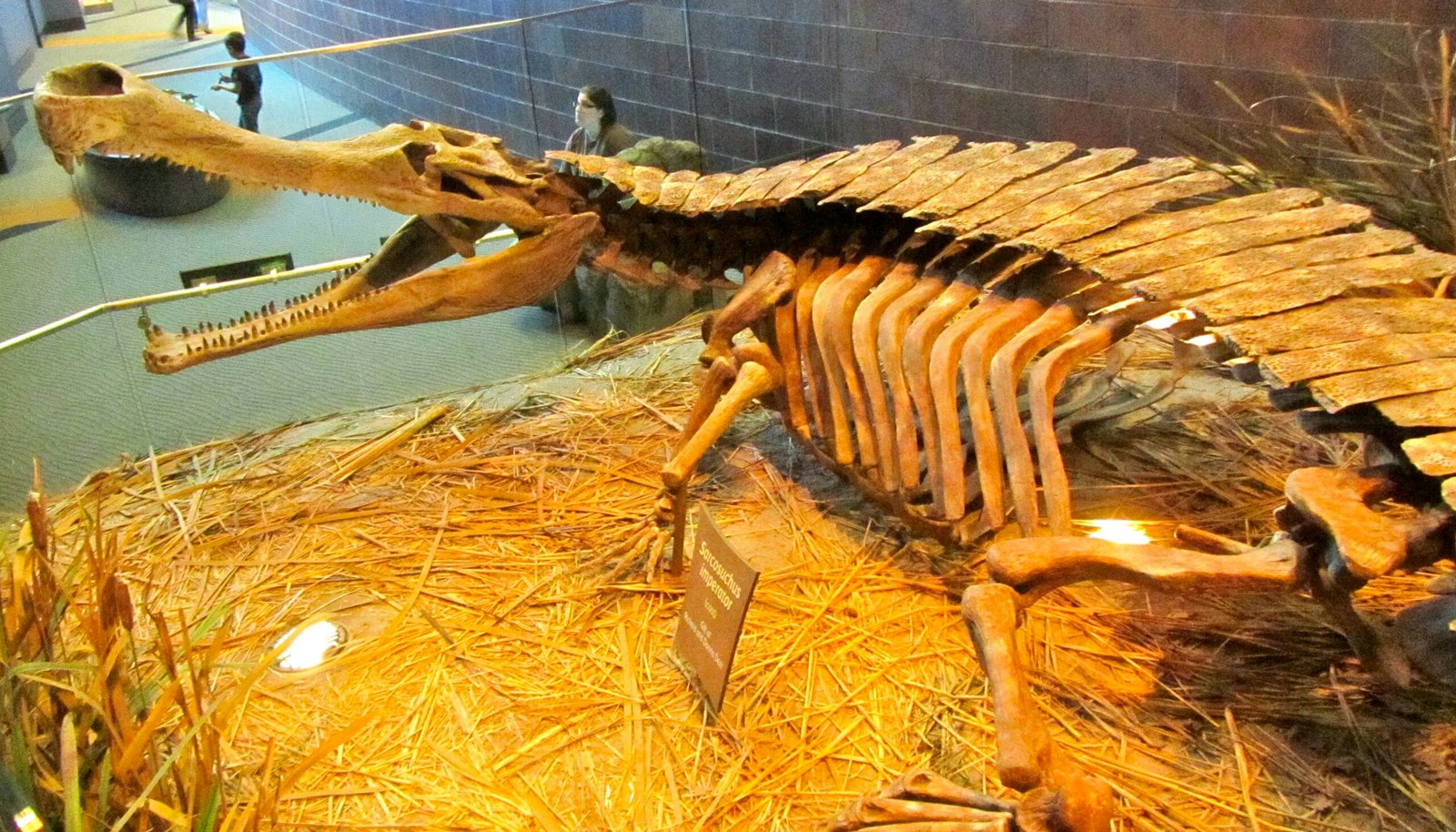
Long before modern alligators lounged in Florida’s swamps, even larger reptilian giants ruled the waterways. Deinosuchus, a prehistoric crocodilian, could reach lengths of over 30 feet and weighed as much as a pickup truck. With crushing jaws and armored bodies, these ancient reptiles were apex predators in their own right. Fossilized teeth and skull fragments hint at epic struggles between these crocodilians and the other giants of their world. Even today, the lingering presence of alligators in Florida is a living echo of this ancient legacy.
The Role of Fossil Sites Like the La Brea Tar Pits
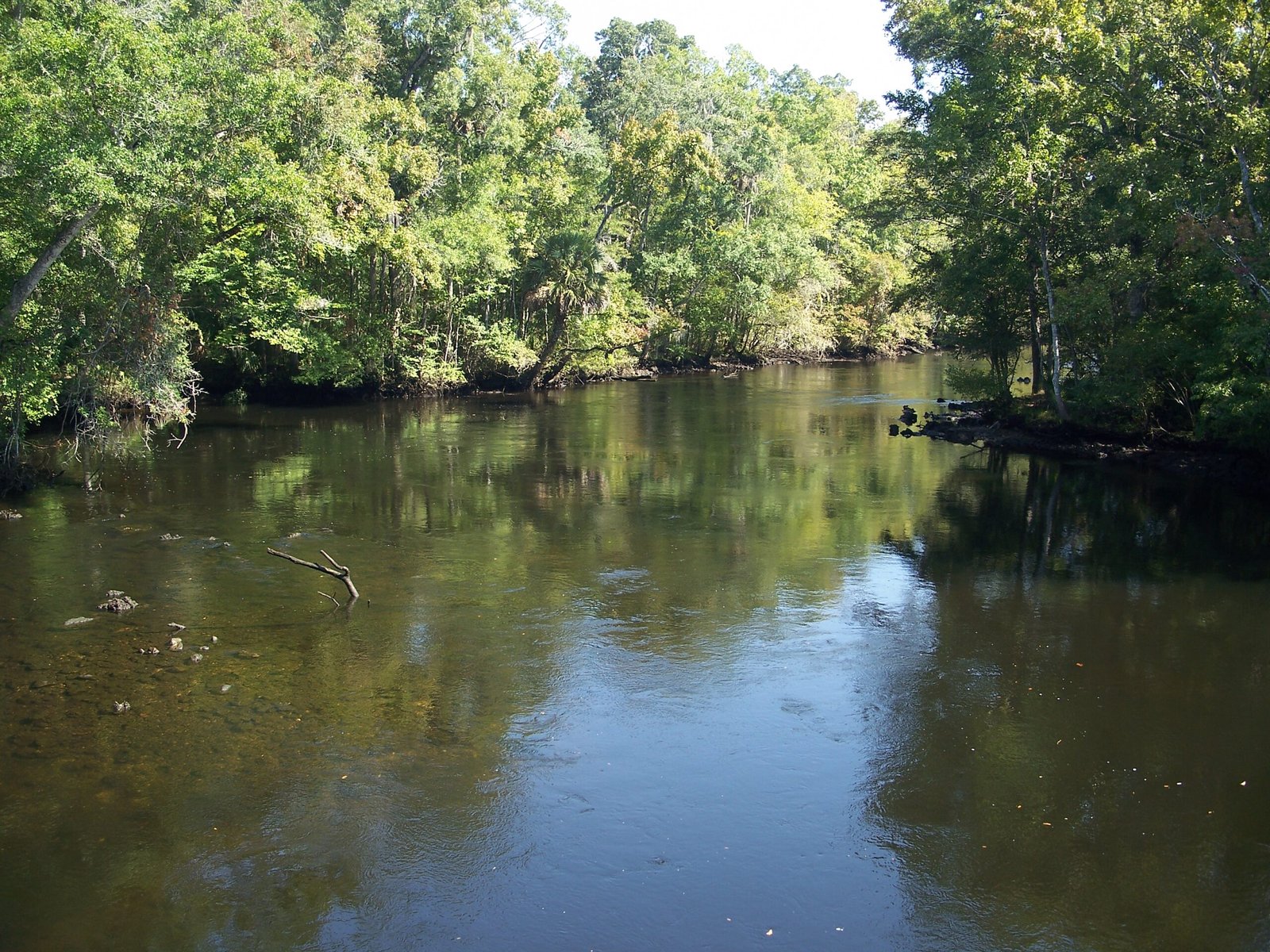
While the famous La Brea Tar Pits are in California, Florida has its own fossil-rich sites, like the Aucilla River and Reddick fossil beds. These locations have yielded astonishing finds — from the bones of mammoths and saber-toothed cats to the teeth of massive sharks. Each discovery adds a new piece to the puzzle of Florida’s past. Fossil hunters, both amateur and professional, continue to unearth treasures that challenge what we thought we knew. Some discoveries even rewrite the story of which species lived here, and when.
Climate Change and the End of the Giants
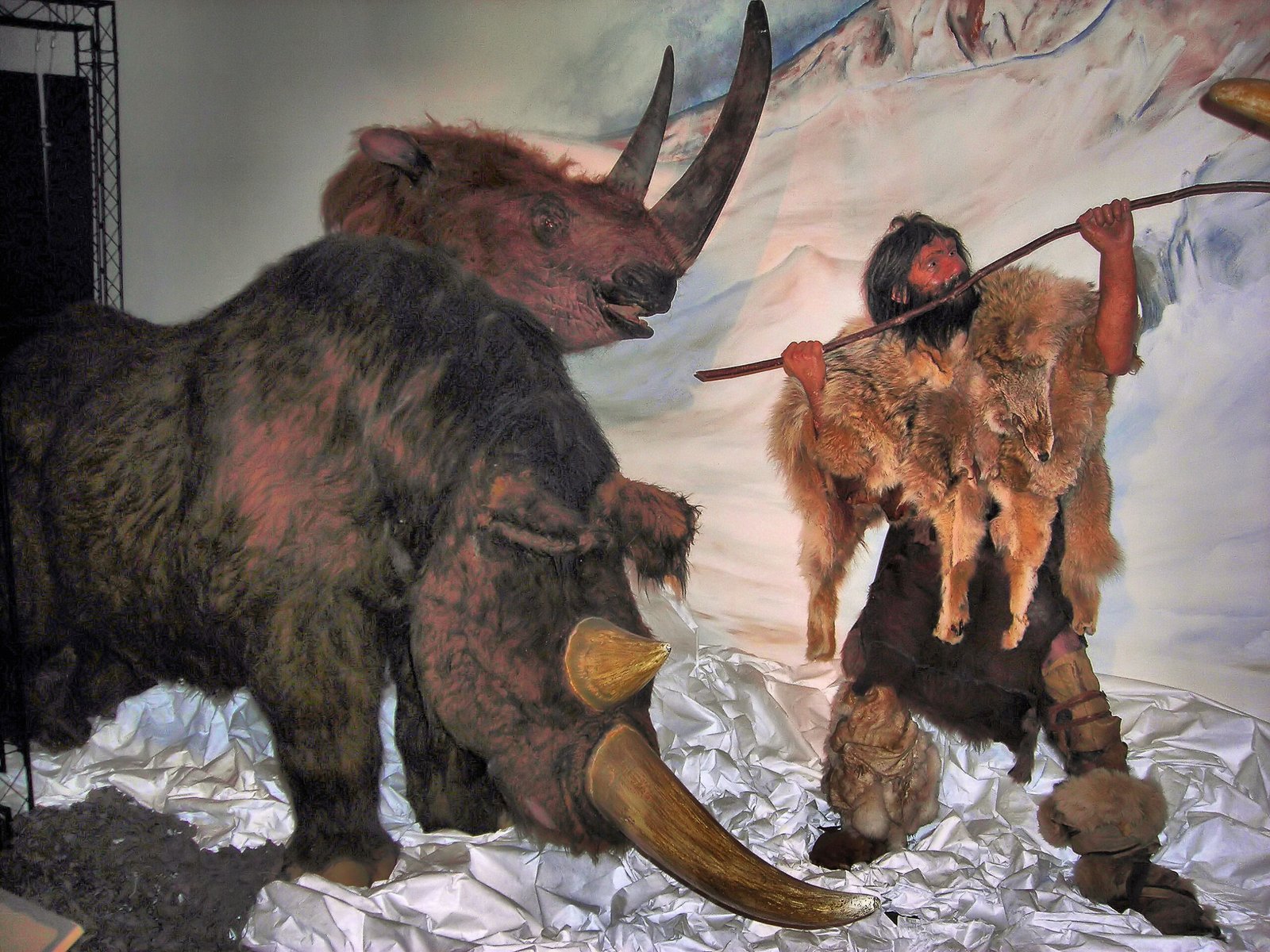
The end of Florida’s age of giants came swiftly, driven by powerful changes in climate. As the last Ice Age ended, rising temperatures and shifting rainfall patterns transformed the landscape. Food became scarce, waterholes dried up, and the giants began to disappear. Many scientists believe that a combination of climate change and the arrival of early humans spelled doom for these magnificent creatures. The bones left behind are silent witnesses to a world lost forever.
Early Humans and the Florida Megafauna
Florida’s first human inhabitants arrived just as the great beasts were making their exit. Archaeological evidence shows that ancient peoples hunted mammoths, mastodons, and even giant sloths. Stone tools and carved bones reveal a struggle for survival that played out over centuries. Some scientists think that overhunting may have pushed certain species over the edge, while others see humans as just one part of a much larger story. Either way, the meeting of man and megafauna marked the beginning of a new chapter in Florida’s story.
How Fossils Are Discovered in Modern Florida
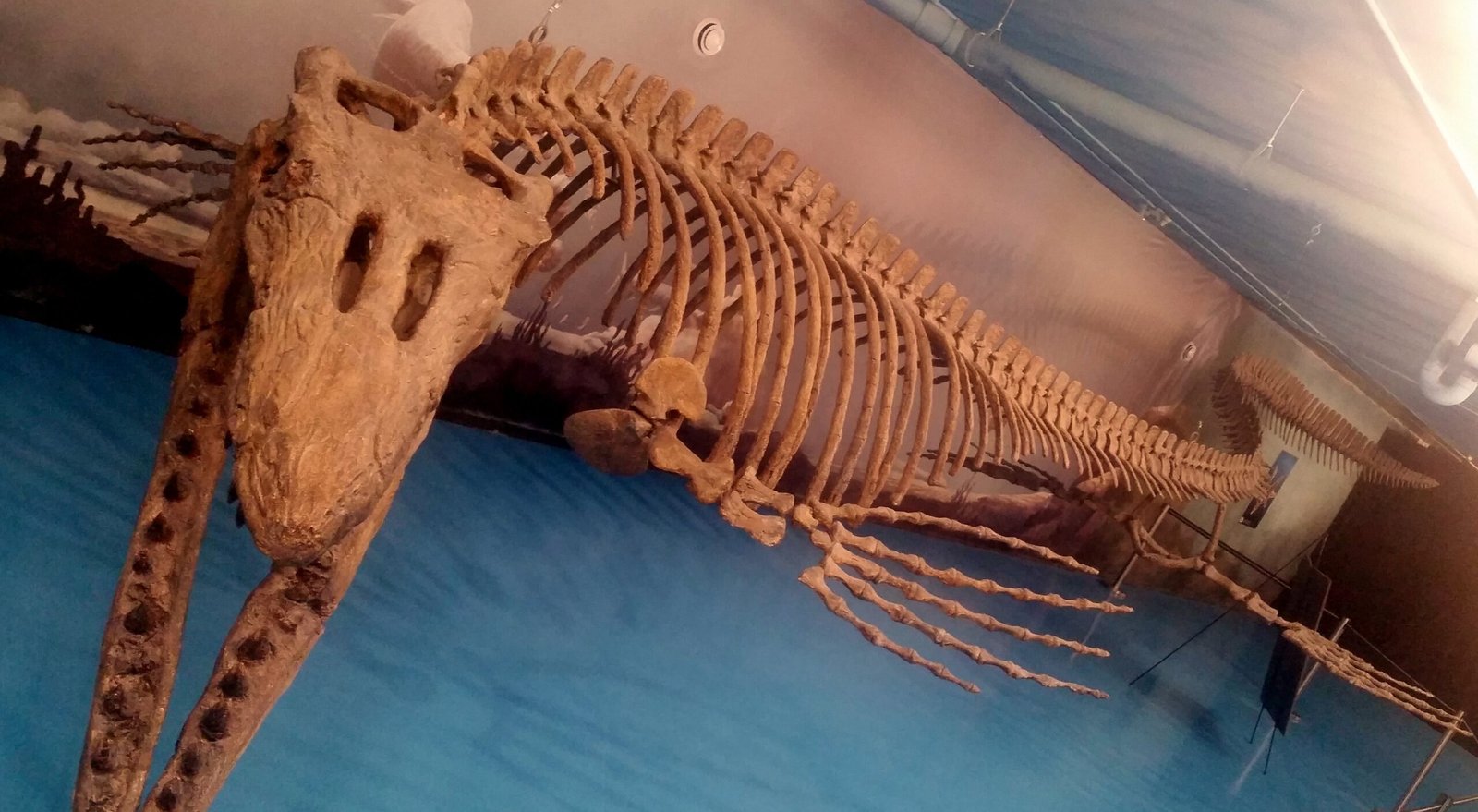
Today, discovering a fossil in Florida isn’t as rare as you might think. After heavy rains or hurricanes, fossilized bones sometimes wash up on riverbanks or even in people’s backyards. Divers exploring the state’s many springs have pulled up teeth from mammoths, sloths, and saber-toothed cats. Each find is a time capsule, a direct link to a world that vanished thousands of years ago. Museums display these treasures, inspiring visitors young and old to imagine what life was like when giants roamed the land.
What Ancient Florida Teaches Us About Extinction
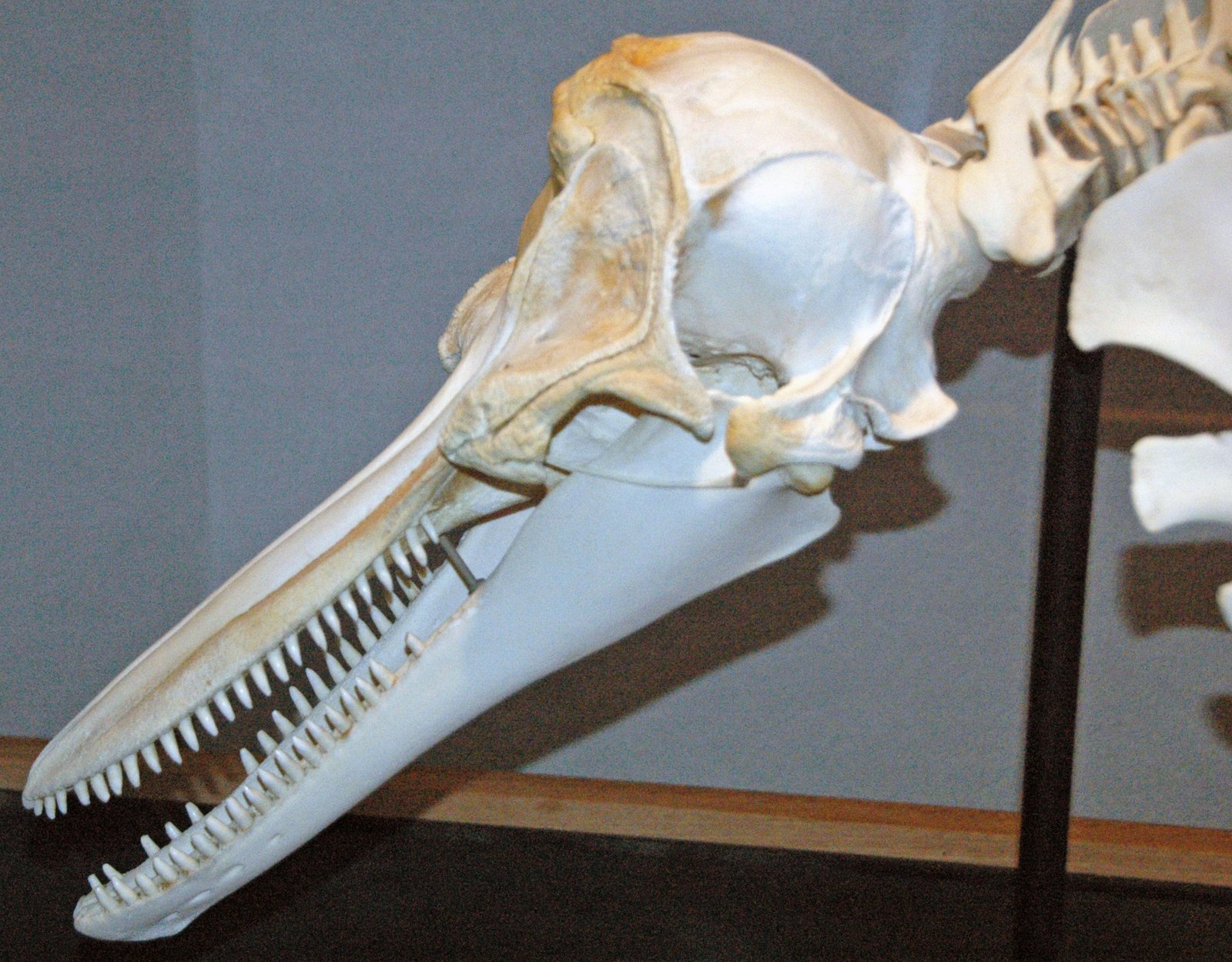
The story of Florida’s prehistoric giants is not just about the past — it’s a warning for the future. The sudden disappearance of these animals shows how quickly an ecosystem can unravel when faced with rapid change. Whether it’s climate shifts or human pressures, the lessons are clear: balance is fragile, and once lost, it’s incredibly hard to restore. Modern conservation efforts often look to the fossil record for clues about how to protect today’s endangered species from a similar fate.
Modern Remnants: The Wildlife of Today’s Florida
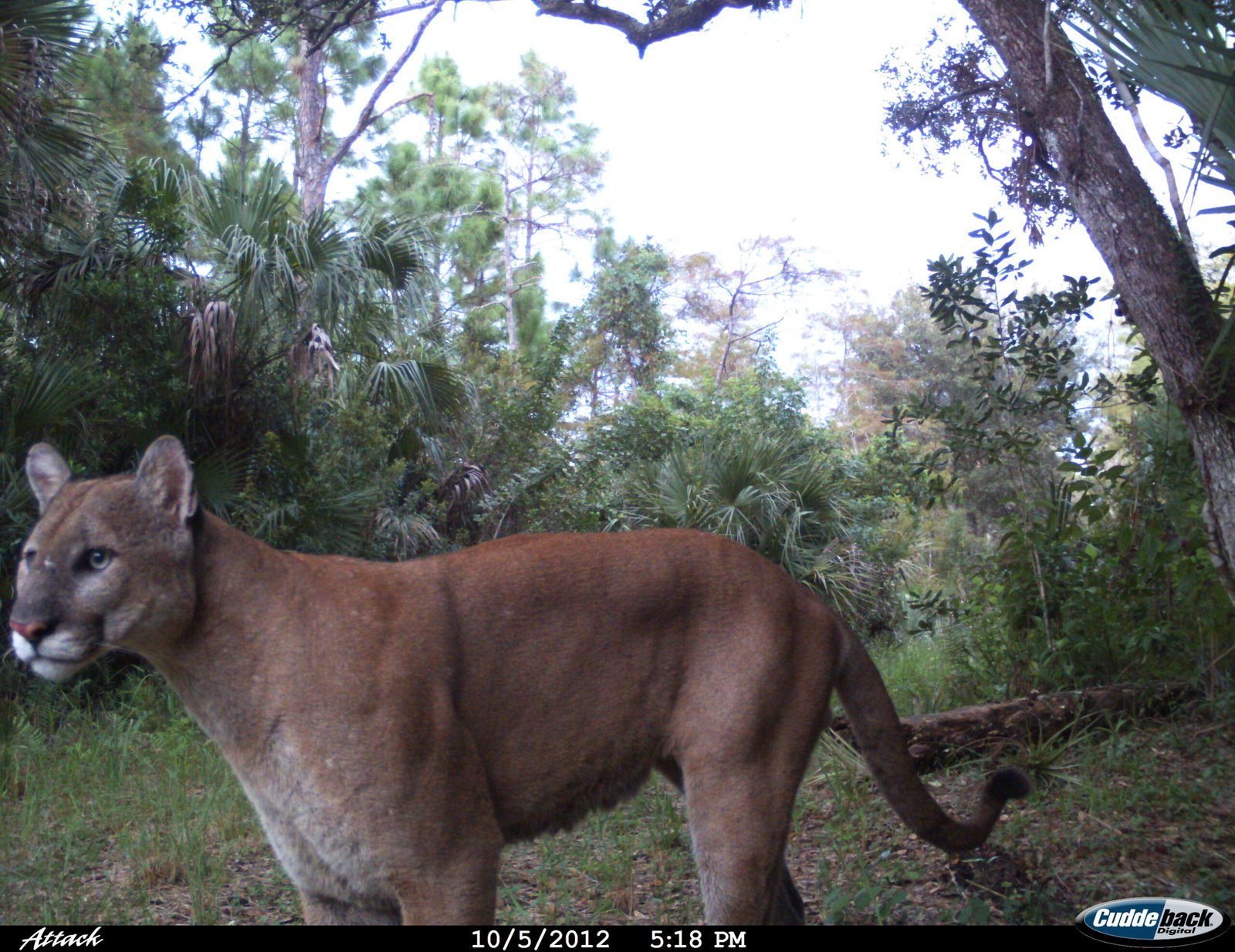
While the giants are gone, Florida still boasts a dizzying array of wildlife. Alligators, panthers, manatees, and black bears all call the state home. Some, like the Florida panther, are distant relatives of the ancient cats that once ruled here. The swamps and forests still echo with the calls of birds and the rustling of hidden creatures. In many ways, today’s wildlife is a living legacy of the ancient ecosystems that shaped the land.
Unearthing the Past: Florida’s Fossil Festivals and Museums

Communities across Florida celebrate their ancient history with fossil festivals, museum exhibits, and educational programs. Children dig for shark teeth in sandy pits, while adults marvel at reconstructed skeletons of mammoths and saber-toothed cats. These events ignite curiosity and foster a sense of wonder about the deep past. They remind us all that the ground beneath our feet is a time machine, waiting to transport us back to an age of giants.
The Science of Reconstructing Ancient Life
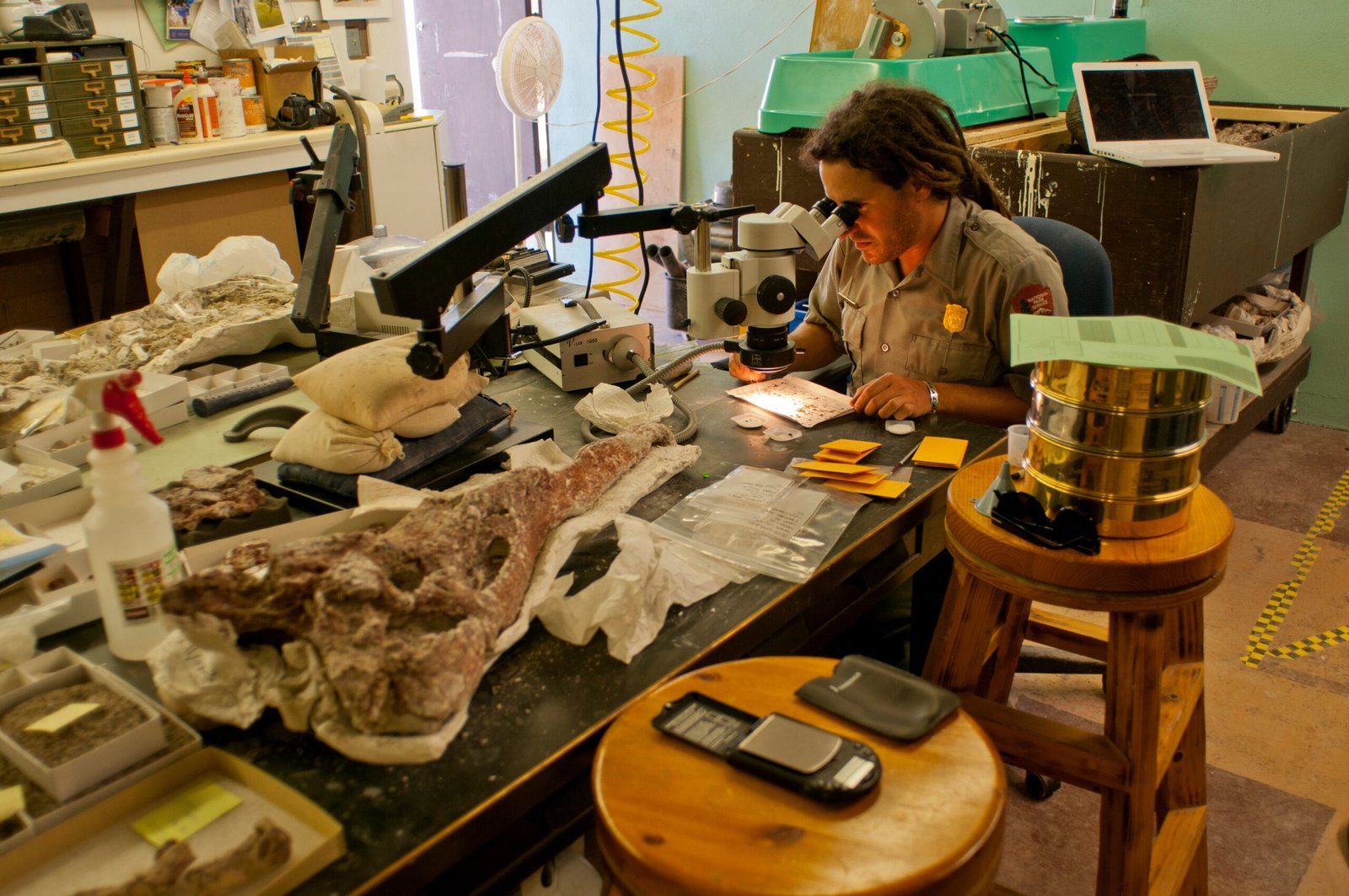
Piecing together the lives of creatures from scattered bones and teeth is a detective story like no other. Paleontologists use cutting-edge techniques — from CT scans to DNA analysis — to reconstruct what these animals looked like, how they moved, and even what they ate. Every new fossil find can challenge old assumptions or reveal an entirely new species. The science is ever-evolving, and each discovery brings fresh excitement and new questions.
Why Florida’s Prehistoric Giants Still Matter
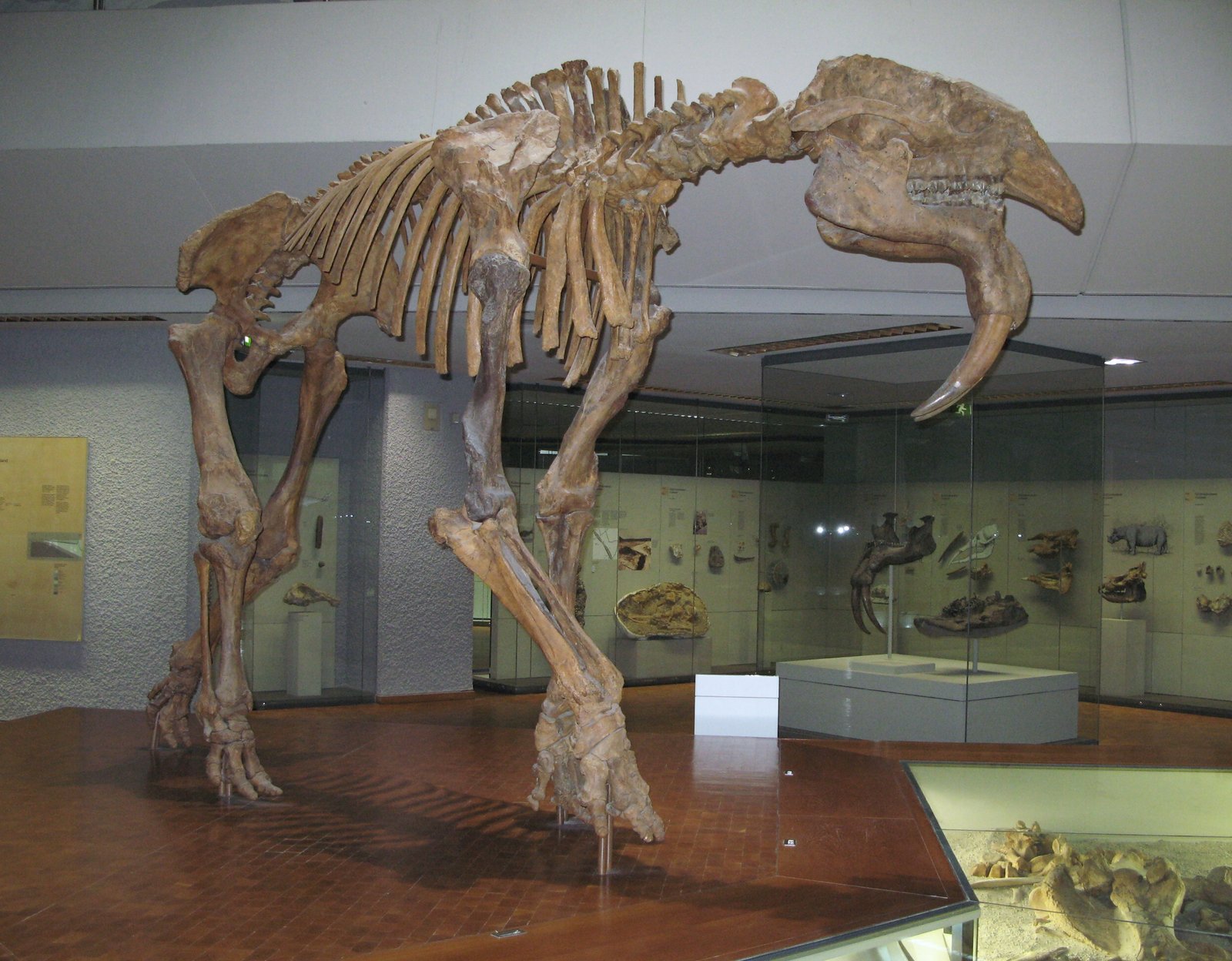
The saga of Florida’s giant ground sloths and saber-toothed cats isn’t just a curiosity — it’s a powerful reminder of our planet’s endless capacity for change. Their bones inspire awe, their stories spark the imagination, and their legacy urges us to look closer at the world around us. Next time you stroll a Florida beach or hike a shady trail, remember: you’re walking in the footsteps of giants.




